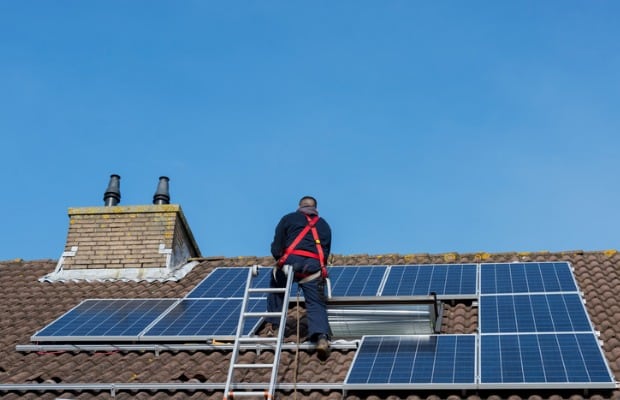There has been significant research conducted around the world in recent years with the goal to boost the efficiency of solar panels and their ability to convert sunlight into electricity.
One of the most left-field studies has involved the use of the same chemical that provides the heat in chilli peppers, which has been found to successfully boost the efficiency of solar cells.

Capsaicin is a natural chemical compound found in the capsicum genus family of plants and provides an irritant to the skin (and mouth) when physical contact is made as a defence mechanism against herbivores. This sensation ranges from almost nothing in the average capsicum to extreme heat in the habanero peppers which have high concentrations of capsaicin.
Now, researchers have discovered that putting this chemical on certain types of solar cell will boost their efficiency which could be a global game-changer
So, why were researchers putting hot chilli chemicals on solar cells?
Ultra-thin solar cells are one of the leading technologies being researched around the world because of their ability to absorb light more efficiently than standard PV cells. The issue is, these ultra-thin designs are subject to heat, which limits their ability to convert this energy into electricity.
It turns out that capsaicin has the ability to free up electrons that carry charge – maybe they don’t like spicy ramen very much so they are running for the nearest source of water.
Qinye Bao is a researcher at East China Normal University in Shanghai and he theorised that if capsaicin could free up electrons on an ultra-thin solar cell, it would improve their ability to convert energy to electricity. And he was right.
Adding a bit of spice to the project made the cells yield a power conversion of 21.88 per cent compared to 19.1 per cent. The capsaicin did its job in freeing up electrons to conduct current which reduced energy loss via heat. Bao literally fought fire with fire.
What happens next?
While the results of the experiment with hot chillis did yield positive results, the team at East China Normal University still need to determine precisely how the capsaicin was able to free up the electrons. When this can be discovered, that could lead to other agents being tested that are able to do an even better job of making these ultra-thin solar cells convert energy into electricity.
Research and experiments will continue in Shanghai and Bao said that there was every chance they could try other household food items on these solar cells are they have an environmental focus on their research.
“It is our priority to select sustainable forest-based biomaterials,” Bao said. “Capsaicin is low-cost, natural, sustainable and Earth-abundant.”
They won’t be the only ones experimenting with food products to find the solution either, with the inventor of perovskite solar cells Tsutomu Miyasaka saying organic compounds were being trialled all over the world to improve the stability and efficiency of solar cells at an affordable price point. Delicious.











































